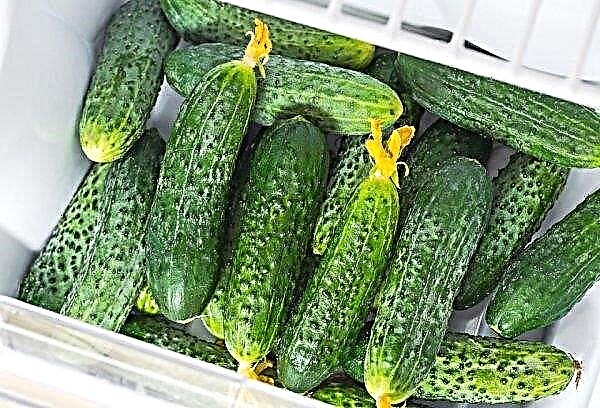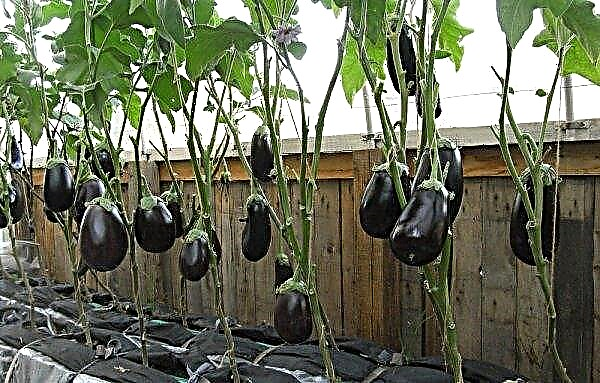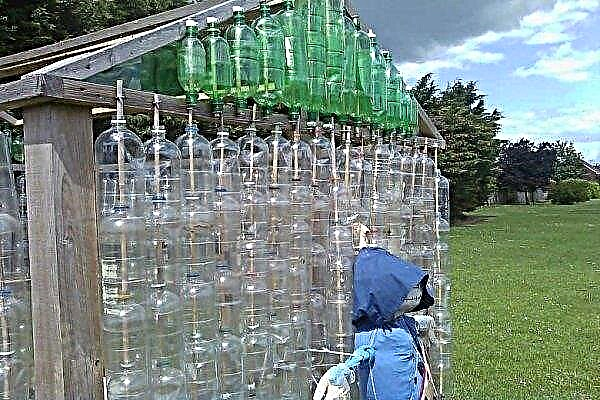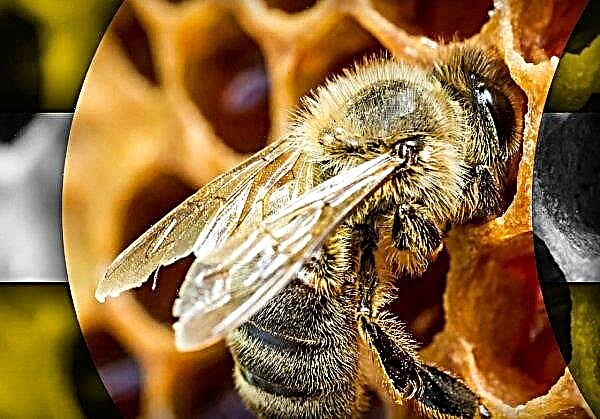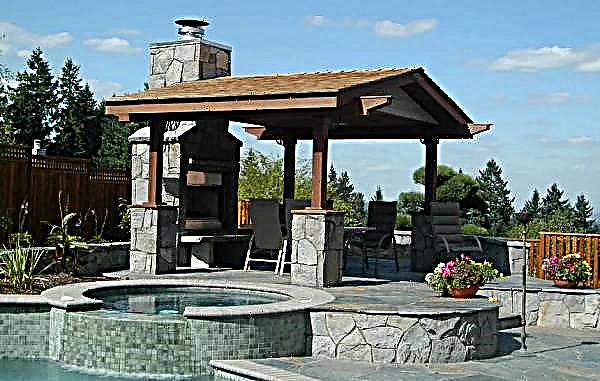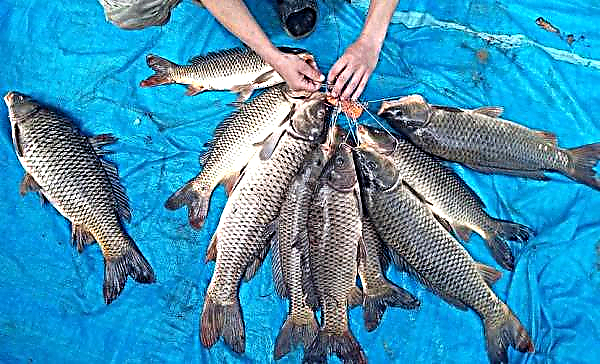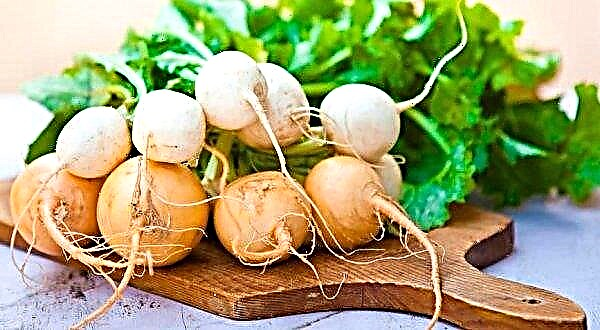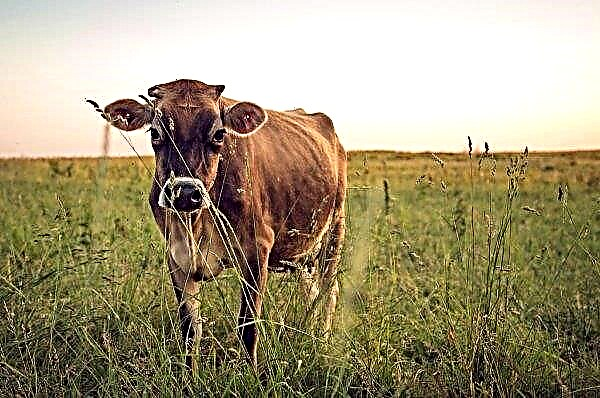There are many varieties of tomatoes that can surprise you with yield, size, or the shape and color. The latter includes the "Honey Drop" variety of yellow tomatoes, which we will discuss in more detail in the article.
Grade description
The Honey Drop variety has the following characteristics:
- yellow peel;
- the taste is characterized by sweetness and juiciness;
- indeterminate growth - the height of the bush may exceed 2 meters;
- leaves belong to the potato type;
- the shape of the fruit is pear-shaped;
- the fruits have an average weight of 15 g and are formed in an amount of up to 15 pieces per brush;
- productivity of one bush - up to 2 kg;
- not afraid of diseases such as late blight and black leg.

Advantages and disadvantages
- The advantages of the variety include:
- good taste;
- strong immunity.
- At the same time, it has some disadvantages:
- thin peel causes unsuitability for pickling and canning;
- high probability of cracking.
Sowing seeds for seedlings
The process of sowing seeds "Honey Drop" is no different from similar actions in relation to other varieties.
Optimal timing
Since the fruits germinate after 115 days, then if you want to get the fruits already in the middle of summer, seedlings should be planted in early March. It is worth noting that when planting in a greenhouse, the period is reduced by about 10 days.
To indeterminate varieties of tomatoes also include such as:
Soil mix
Soil for seedlings can be taken from the garden or purchased in a store. Alternatively, do-it-yourself soil making. For this, turf, peat and sand are mixed in equal proportions.
Capacity for growing
Almost any capacity of small size can be used to grow seedlings. However, the most common are boxes, disposable glasses and pots. At the first stage, the seeds are planted in boxes, since this method allows you to save space and place a large number of seeds in one area.
Then, at the first pick, they are seated in separate cups and pots, so that each plant has enough space for growth.
Seed preparation
Seeds for sowing are selected from fruits that were plucked 14 days before and placed in a warm place for ripening. They are placed in a small jar in which they lie for 2-3 days, after which they are washed several times with warm water with the addition of potassium permanganate - the pop-up seeds are discarded, since nothing will sprout from them.
Did you know? In ythe Krainsky city of Kamenka-Dneprovskaya erected a monument to the plant in question. It’s called — "Glory to the tomato."
Sowing seeds
Sowing takes place in moist soil. When placing seeds in the soil, the depth of the pit should be no more than 2 centimeters. The first shoots appear after a week and a half.
Seedling Care
The temperature regime provides + 20 ° C and above, up to + 25 ° C. Watering is carried out as the earth dries. Placing the plants is such that they do not fall under direct sunlight, but the duration of daylight hours was at least 8 hours.
Important! During a dive, you need to pinch a little the main root of the plant for better development of its root system.
After the appearance of 2 real leaves, seedlings are dived. Top dressing should be carried out once a month during watering.
Seedling hardening
Hardening is carried out 7 days before landing at a permanent place. When quenching containers with plants for several hours in the afternoon are taken out into the street, and in the evening they are again brought into the house.
Planting seedlings in a permanent place
The specified event is held at the age of 65 days. Tomatoes are placed according to the scheme 50 × 60 cm with a distance of 10 centimeters between the bushes in the same row and 12 centimeters between the rows themselves.
Important! The Honey Drop variety is highly sensitive to crop rotation, which is why these tomatoes grow better on lands that were previously used to grow carrots or legumes.
On 1 m² there should be no more than 4 bushes.
Outdoor Care
Activities for caring for tomatoes in the ground are generally similar to caring for seedlings.
Watering
Watering should be done at least once a week, but not more often than the top layer of the earth dries up. Since the skin is very thin, water should not fall on the fruits or leaves, but should be directed to the base of the stem.
Top dressing
Fertilizing the plant requires 3 times in one season - when transplanting into the soil, so that the plant quickly takes root in a new place, in the middle and at the end of flowering. Nitrogen fertilizers and mixtures of potassium and phosphorus are used for top dressing.
Shaping and tying bushes
The stepsons of the “Honey Drop” grow very intensively, as a result of which they must be removed. This procedure is performed as the stepsons grow by cutting them at the base. The bush is formed into one stem, while all unnecessary shoots are removed.
Soil care
To this end, the earth is regularly loosened to make it easier for the roots to access water from irrigation and air. In addition, weeds are regularly weeded, as they prevent the tomato from growing normally.
Mulching is also carried out, mainly to retain moisture in the water and maintain the temperature balance.Did you know? The total weight of tomatoes grown annually on Earth is 60 tons.
“Honey Drop” will delight tomato lovers in the midst of summer: its sweet taste perfectly complements any dish, and the unusual color allows you to diversify the table.

